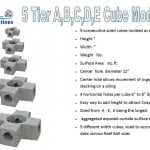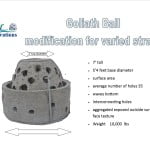Contact
Contact
- Home
- About
- Products
- Services
- Projects
- Resources
- Contact
- Home
- About
- Products
- Services
- Projects
- Resources
- Contact
close











